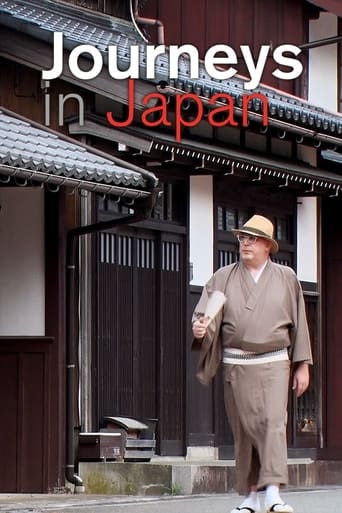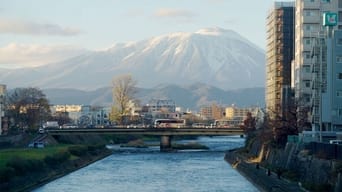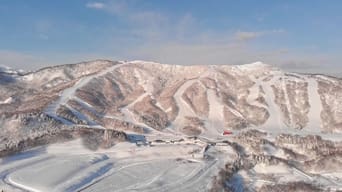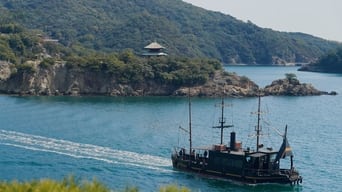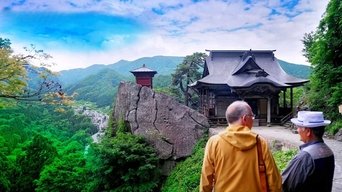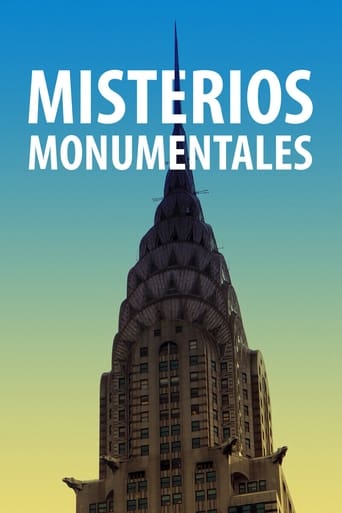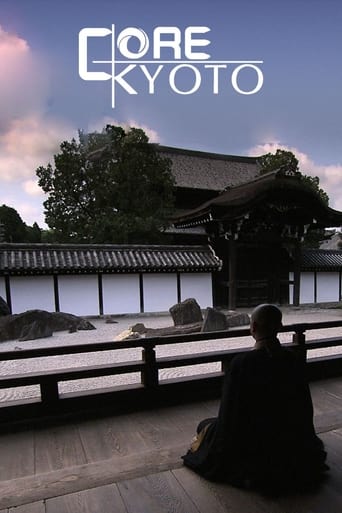Journeys in Japan (2010)
Journeys in Japan
2010 / TV-G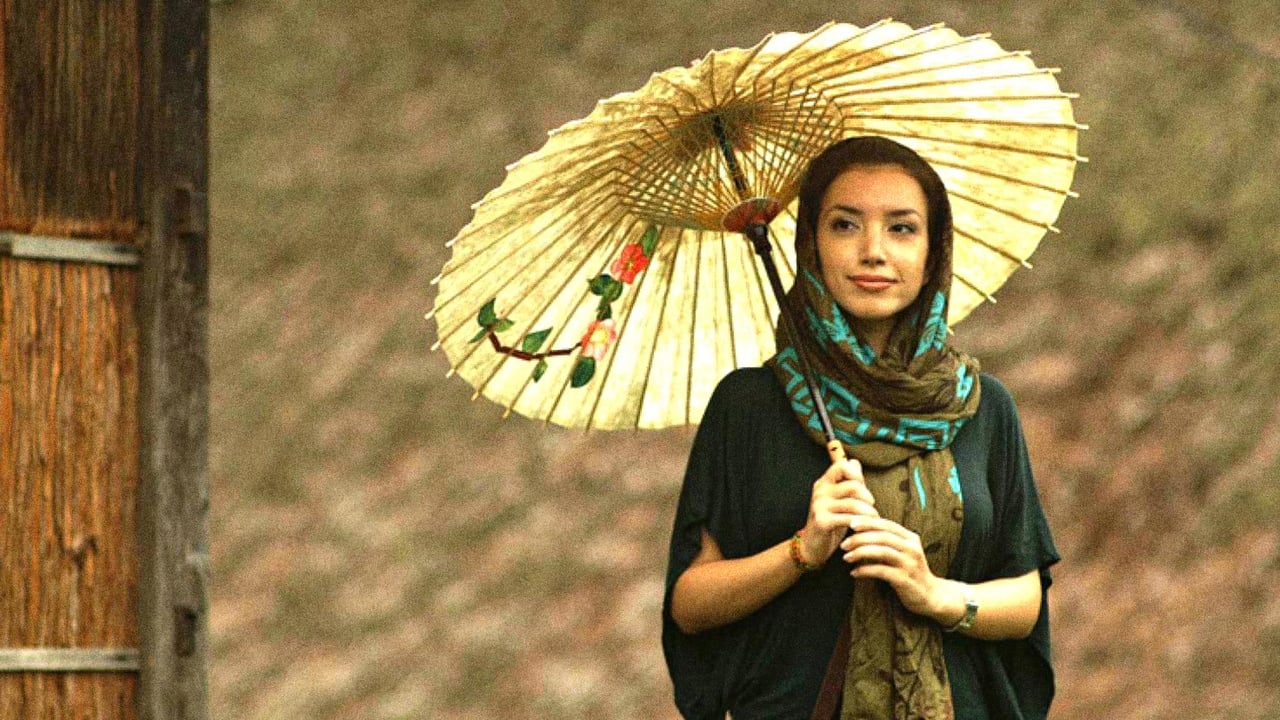
Journeys in Japan provides an eye-opening look at the many unique places to visit in Japan. English-speaking visitors travel the length of the country, exploring the culture, meeting the local people, visiting historic sites and offering travel hints rarely found in guidebooks.
Seasons & Episode
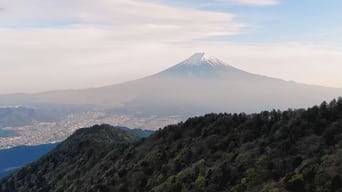
In 2021, a long trail course was established that encircles Mt. Fuji. By following this trail, one can explore not only the natural beauty but also the profound allure of Mt. Fuji, which has been a source of local history, culture, ancient beliefs and artistic inspiration for centuries. Kyle Card, a Canadian actor who previously completed the Tohoku Trail, now journeys around Mt. Fuji during the breathtaking transition from autumn to winter.

In 2021, a long trail course was established that encircles Mt. Fuji. By following this trail, one can explore not only the natural beauty but also the profound allure of Mt. Fuji, which has been a source of local history, culture, ancient beliefs and artistic inspiration for centuries. Canadian actor Kyle Card continues his journey around Mt. Fuji during the breathtaking late autumn season, following the first part.

The Nagasaki Kaido was an important trade road from the 1630s that connected Nagasaki's port—the only one open to overseas trade in those days—to Kokura in Fukuoka Prefecture. Nicknamed the Sugar Road, the 220-kilometer path carried covetous sugar and their sweet recipes. Aliza Ahmed Khan from Pakistan discovers the distinctive confectionery culture that developed along the route.
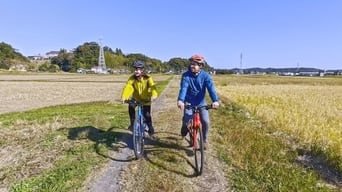
Isumi in Chiba Prefecture was voted most desirable place to live in the Tokyo area for its accessibility and great outdoors with both the ocean and mountains. This time, Alex and Binderiya, a Tokyo-based couple, explore Isumi to see if this could be their next home sweet home.

In 1859, when Japan reopened its doors after more than two centuries of isolation, goods flowed in and out of newly expanded ports. At the time, raw silk became the country's largest export, as the silk industries in France and Italy had been hit by an epidemic of silkworm disease. At one point, Japan was the world's biggest exporter. On this episode of Journeys in Japan, Sheila Cliffe from the UK follows the Silk Road from northern Kanto, once a major production area, to Yokohama, where the silk took off to the world.

The city of Senboku in Akita Prefecture is made up of three towns: Tazawako, which has the deepest lake in Japan; Nishiki, home to farming scenery: and Kakunodate, called the little Kyoto of Tohoku. In addition to the stunning nature and samurai culture, visitors can enjoy spectacles related to the Lunar New Year. Catrina Sugita experiences the area's winter lifestyle and its fiery festivals.
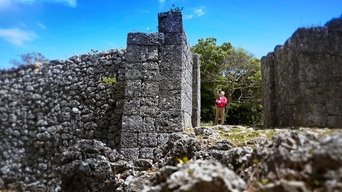
Across Okinawa's islands, you will find the stone walls of castle ruins. The Ryukyu Kingdom was a country for 350 years before it was absorbed into Japan. From the 12th to 15th centuries, it erected many gusuku or castles to protect the land and also to provide a place of worship. Alfie Goodrich sets out to discover the beauty and mystery of Okinawa's old kingdom through its gusuku.

British explorer and writer Isabella Bird arrived in Japan in 1878, just 10 years after the country opened its doors to the West. Accompanied by a young man who served as both interpreter and attendant, she traveled deep into the hinterland. Unbeaten Tracks in Japan is her highly praised travelogue of that journey. In this episode, Maria Brandmann follows Bird's route along the Ushu Kaido highway from Kaneyama-machi (Yamagata Prefecture) to Gojome-machi (Akita Prefecture).

Okayama Prefecture is a magical place where ancient myths live on. Shinto shrines venerate unique gods and Buddhist temples feature rare rituals. Kanoa, from Hawaii, explores the eastern side of the prefecture to discover how gods, demons and Buddha are rooted in daily life.

Japan's legendary Ama free-diving women still plumb the waters around Sugashima Island in search of abalone, turban shell and Ise spiny lobster. We glimpse the island through this extraordinary tradition, as well as through the guided tours held by elementary school kids.

Niseko is renowned as one of Japan's leading winter sports destinations. But these days it's also becoming famous as an exciting summertime resort. Visitors can experience a wide variety of outdoor activities, ranging from mountain biking and whitewater rafting to hiking, horseback riding and onsen hot springs. On this episode of Journeys in Japan, we follow video creator Steven Lefever as he explores Niseko's abundant natural environment and discovers how it has developed in harmony with nature to become a magnet for enthusiasts from around the world.

The Kumano Kodo, leading to Kumano, the sacred land of the Gods, is one of the few pilgrimage roads designated as a UNESCO World Heritage site. Twenty years after the designation, we explore the pilgrimage trail by fast hiking, which combines the best of hiking and running.

Obon is a summertime ritual when Japanese people welcome ancestors' spirits home from the Buddhist Pure Land. The people of Nagasaki have a distinctive way to commemorate this. They light fireworks and firecrackers at family graves and parade boats ferrying the spirits of the deceased through the streets and then back to the Buddhist Paradise. This episode takes a deep dive into Nagasaki's unique style of Obon.

British explorer and writer Isabella Bird arrived in Japan in 1878, just 10 years after the country opened its doors to the West. Accompanied by a young man who served as both interpreter and attendant, she traveled deep into the hinterland. Unbeaten Tracks in Japan is her highly praised travelogue of that journey. In this episode, vocalist Chiara Terzuolo traces Bird's route from the Hiyama district of Noshiro City, Akita Prefecture. She then passes through Odate City and continues until she reaches Kuroishi City in Aomori Prefecture.

Osaka is a dynamic city with a dynamic history. Photographer Alfie Goodrich captures the food culture of the "Kitchen of Japan," the waterways that made it a commercial center, and the architecture reflecting the era when it surpassed Tokyo economically. He meets the spirited and sometimes flamboyant residents. The journey fittingly starts at the Osaka Castle, which was founded by warlord Toyotomi Hideyoshi who was known for his flamboyant sensibility.

Tokushima Prefecture, in the eastern part of Shikoku Island, is renowned as a heartland of traditional fermentation. It is especially famous for its indigo dyeing tradition which brought prosperity to the region in premodern times. At the same time, specialist crafts were developed, such as Otani ware, a style of pottery that is known for its huge vats used for indigo dyeing. In this episode, Kanoa explores this distinctive fermentation culture and travels into the mountains to discover a unique kind of fermented tea called Awa-bancha.
Journeys in Japan provides an eye-opening look at the many unique places to visit in Japan. English-speaking visitors travel the length of the country, exploring the culture, meeting the local people, visiting historic sites and offering travel hints rarely found in guidebooks.
Watch Trailer
Free Trial Channels


